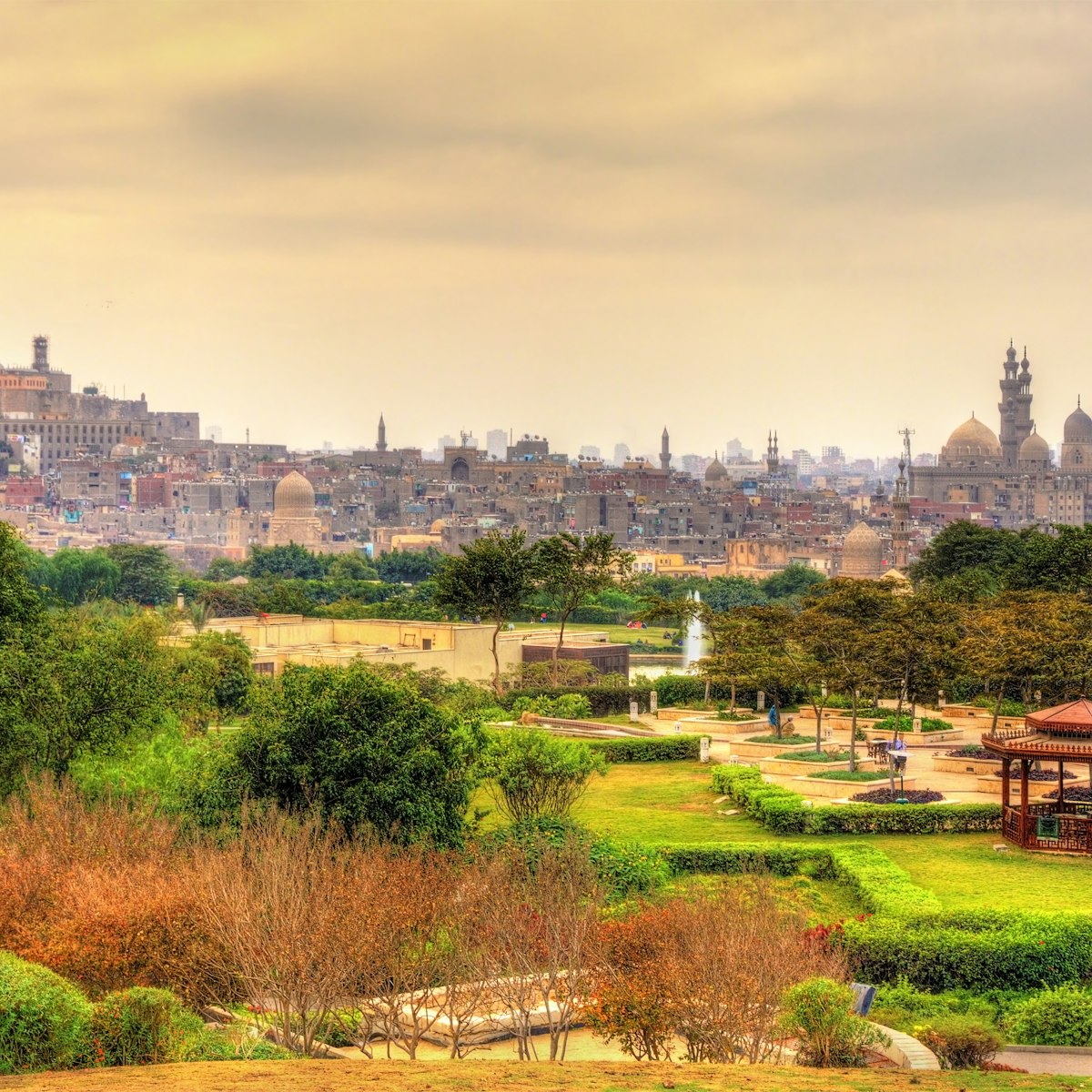South Saqqara is home to several Old Kingdom tombs, pyramids and mounds of rubble, interesting to the more dedicated pyramid fans.
The most remote site in South Saqqara is the unusual funerary complex called the Mastaba of Al Faraun, also called the Pharaoh’s Bench. It belongs to the last 4th-dynasty pharaoh, the short-lived Shepseskaf (2503–2498 BC). Shepseskaf was the son of Menkaure (builder of Giza’s third great pyramid), though he failed to emulate the glory of his father. Occupying an enclosure once covering 700 sq metres, Shepseskaf’s rectangular tomb was built of limestone blocks, and originally covered by a further layer of fine, white limestone and a lower layer of red granite. Inside the tomb, a 21m-long corridor slopes down to storage rooms and a vaulted burial chamber.
Working your way back north, you pass the Pyramid of Pepi II (2278–2184 BC). The pharaoh’s 94-year reign at the end of the 6th dynasty was probably the longest in Egyptian history. Despite Pepi’s longevity, his 52m-high pyramid was of the same modest proportions as those of his predecessor, Pepi I. The exterior is little more than a mound of rubble, but the interior is decorated with more passages from the Pyramid Texts.
South Saqqara is also home to the pyramids of Djedkare, Merenre and Pepi I. Known as the ‘Pyramid of the Sentinel’, the 25m-high Djedkare pyramid contains the remains of the last ruler of the 5th dynasty, and can be penetrated from the north side. The pyramids of Merenre and Pepi I are little more than slowly collapsing piles of rock, though the latter is significant as ‘Memphis’ appears in one of its names.







